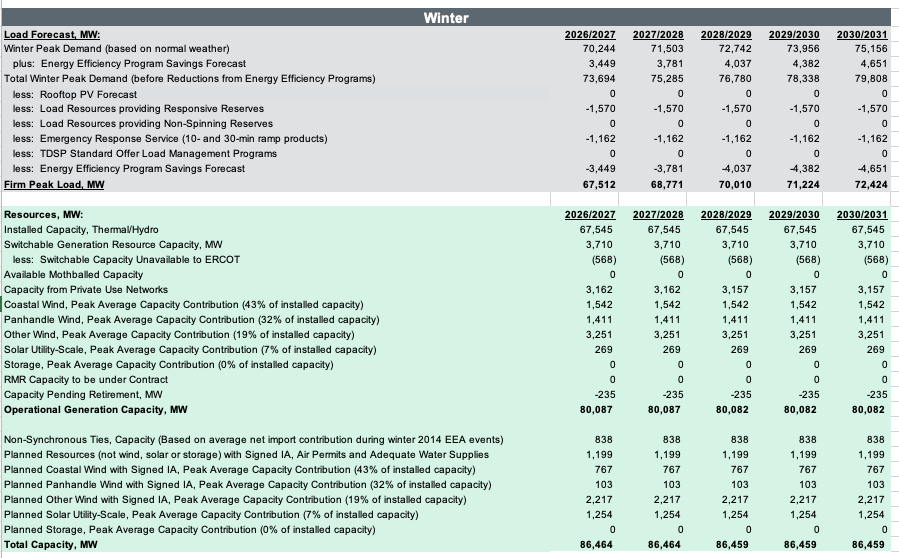
To folks observing rollercoaster electricity prices down in Texas, where polar temps are driving prices up to $9,000/MWh: this us how it's supposed to work. It may appear costly, but in PJM we pay $11-13/MWh all year for large reserve margins to avoid this. Which is more costly? 
https://twitter.com/agelston/status/1360604332396224517

Now, a "capacity market" as in PJM, etc, is like buying insurance. Sometimes that insurance looks great in hindsight. But it's also very costly, and you pay for it every month. How much insurance do you really want? Well you (customer) don't get to pick. The system operator does.
An "energy only" market as in Texas is a little like rolling dice w/o insurance at system level, but customers can (in theory) choose how to hedge themselves, via contracts or backup gen/storage. And anyone with flexible demand has HUGE incentives to flex it. That can save big $.
So we'll see how Texas fairs this week. IF ERCOT (the system operator) can keep the heat on all week, I would guess the dramatic energy prices paid in Texas end up smaller than total capacity payments made each year in PJM (and this only happens once every several years).
On the other hand, if the cold snap freezes up too many generators and there's rolling blackouts in Texas in the midst of arctic temps, that'll sure score a point for systems with capacity payments. TBD!
I sure hope you friendly Texans fair ok this week. I'm hoping for the best!
I sure hope you friendly Texans fair ok this week. I'm hoping for the best!
But, and this is really the only point of this thread: high energy prices in ERCOT are not a sign of failure of the market. It's a feature.
ONLY if supply adequacy fails and electricity consumers are involuntarily curtailed without heat is it a failure.
ONLY if supply adequacy fails and electricity consumers are involuntarily curtailed without heat is it a failure.
(Whatever happens, this week in ERCOT will surely feature prominently in this semester's Intro to Electricity course when we make it to resource adequacy! I hope it's a happy ending.)
• • •
Missing some Tweet in this thread? You can try to
force a refresh





